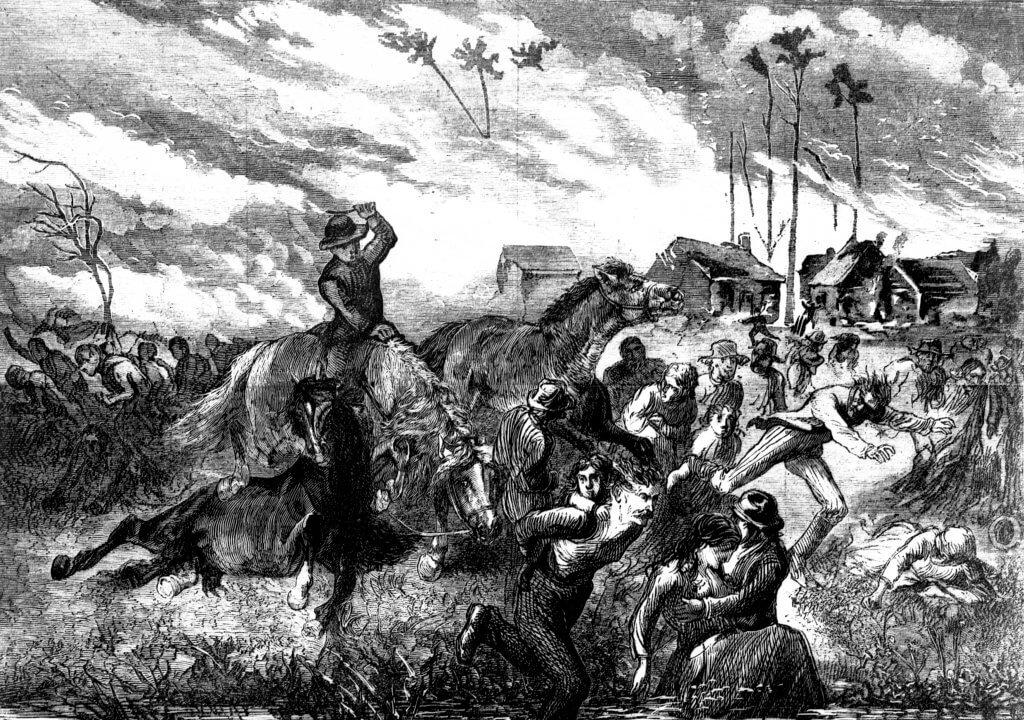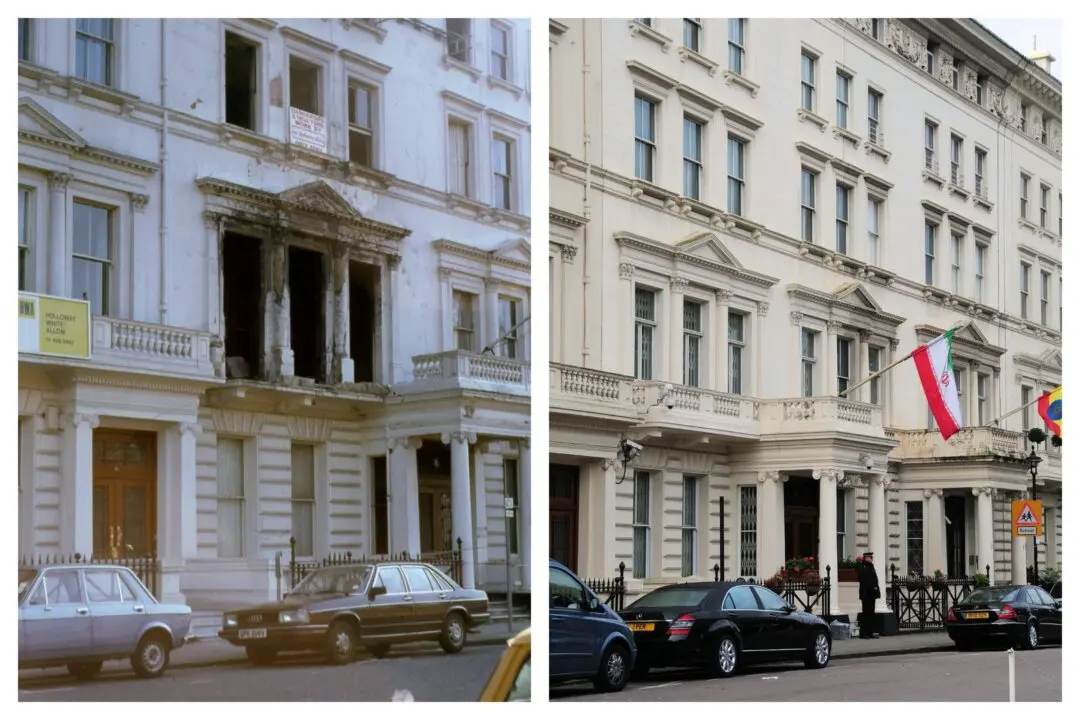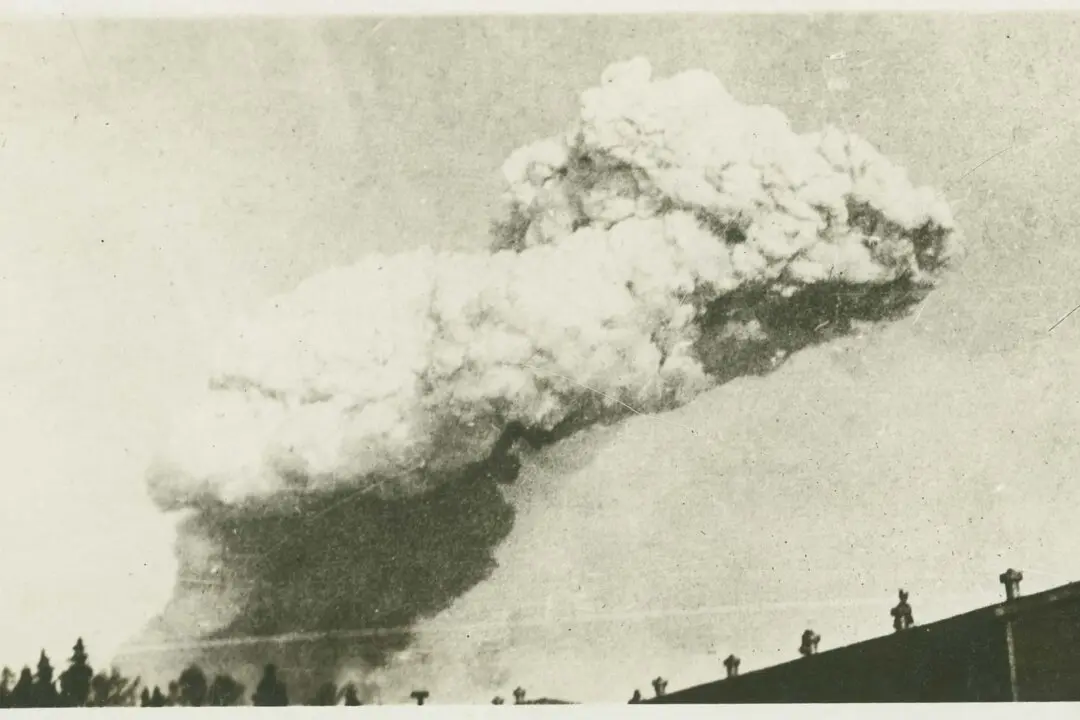On the same day as the infamous Great Chicago Fire of 1871, another conflagration ripped through Wisconsin and became known as the deadliest wildfire in U.S. history. Despite the destruction, survivors told tales of people and buildings miraculously surviving. In the end, the disaster served as an basis to prevent destructive blazes in the future.
The region surrounding Peshtigo, Wisconsin, filled with forests centuries old, was suffering an extreme drought. During the several hot months leading up to October 1871, “Eleven weeks had passed without rain except for a shower so light on September 5 that the rain evaporated as quickly as it fell,” wrote Denise Gess and William Lutz in “Firestorm at Peshtigo: A Town, Its People, and the Deadliest Fire in American History.” “The forest ‘panted,’ one survivor said later.






